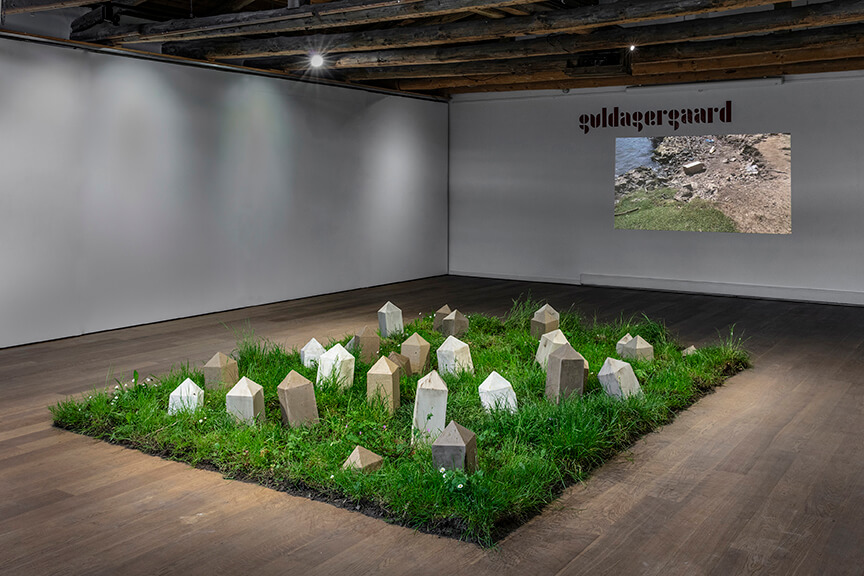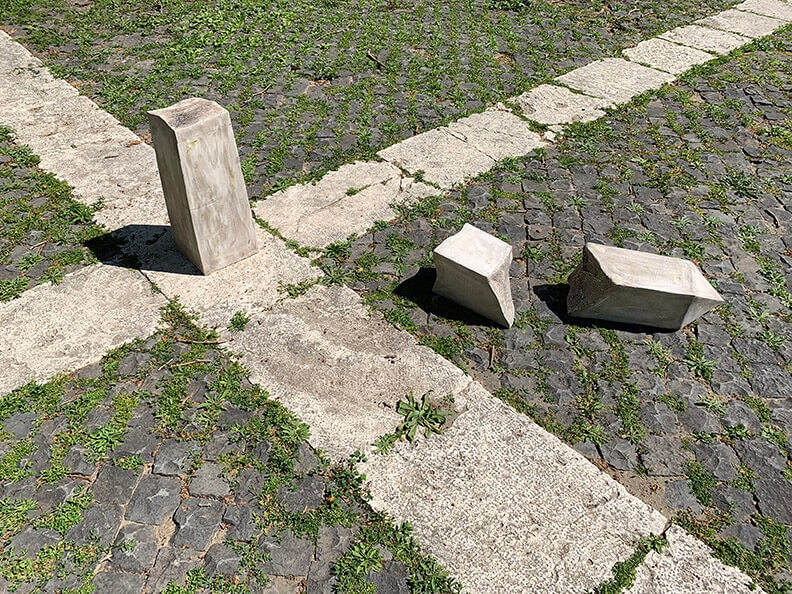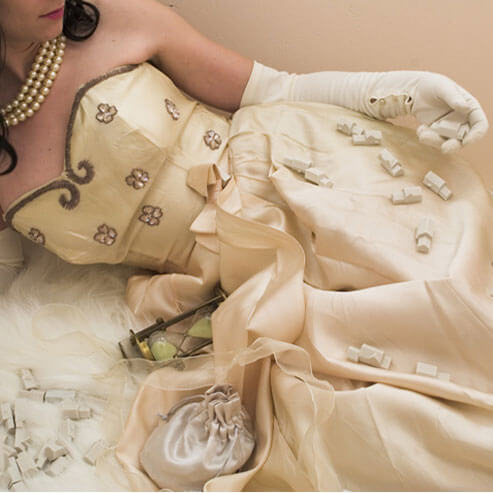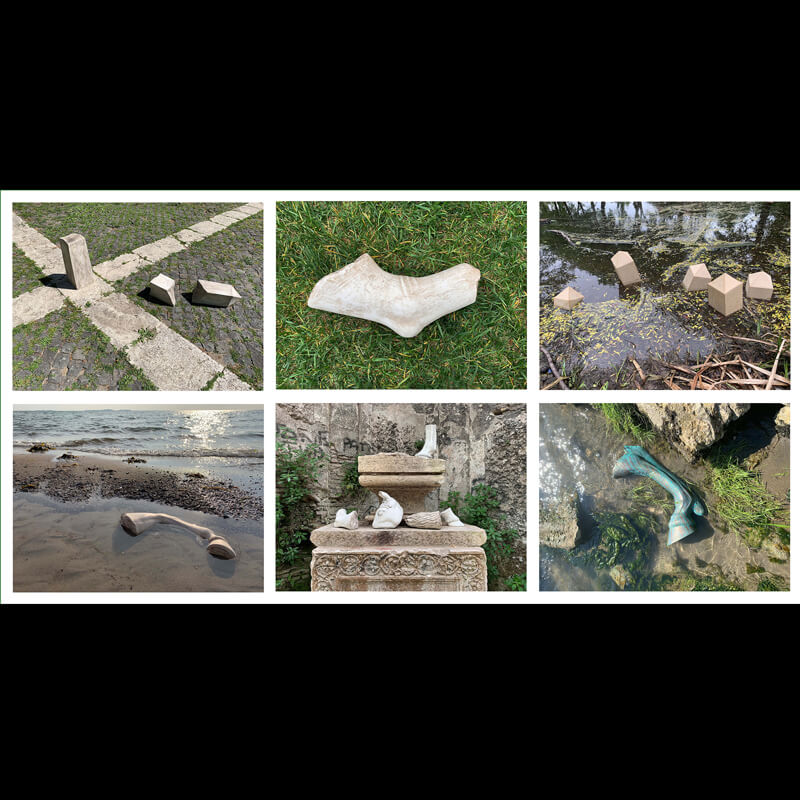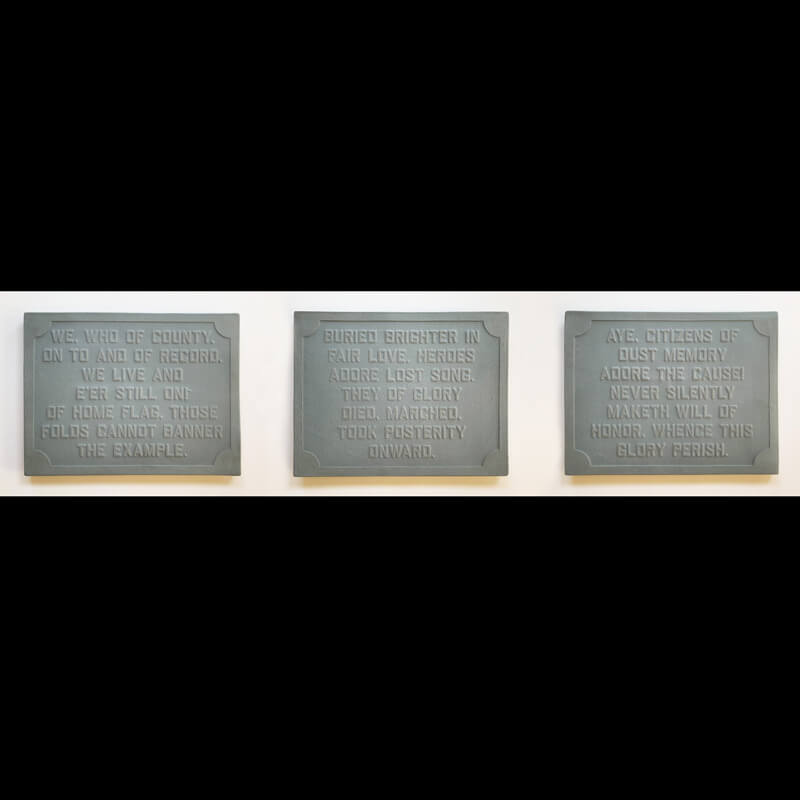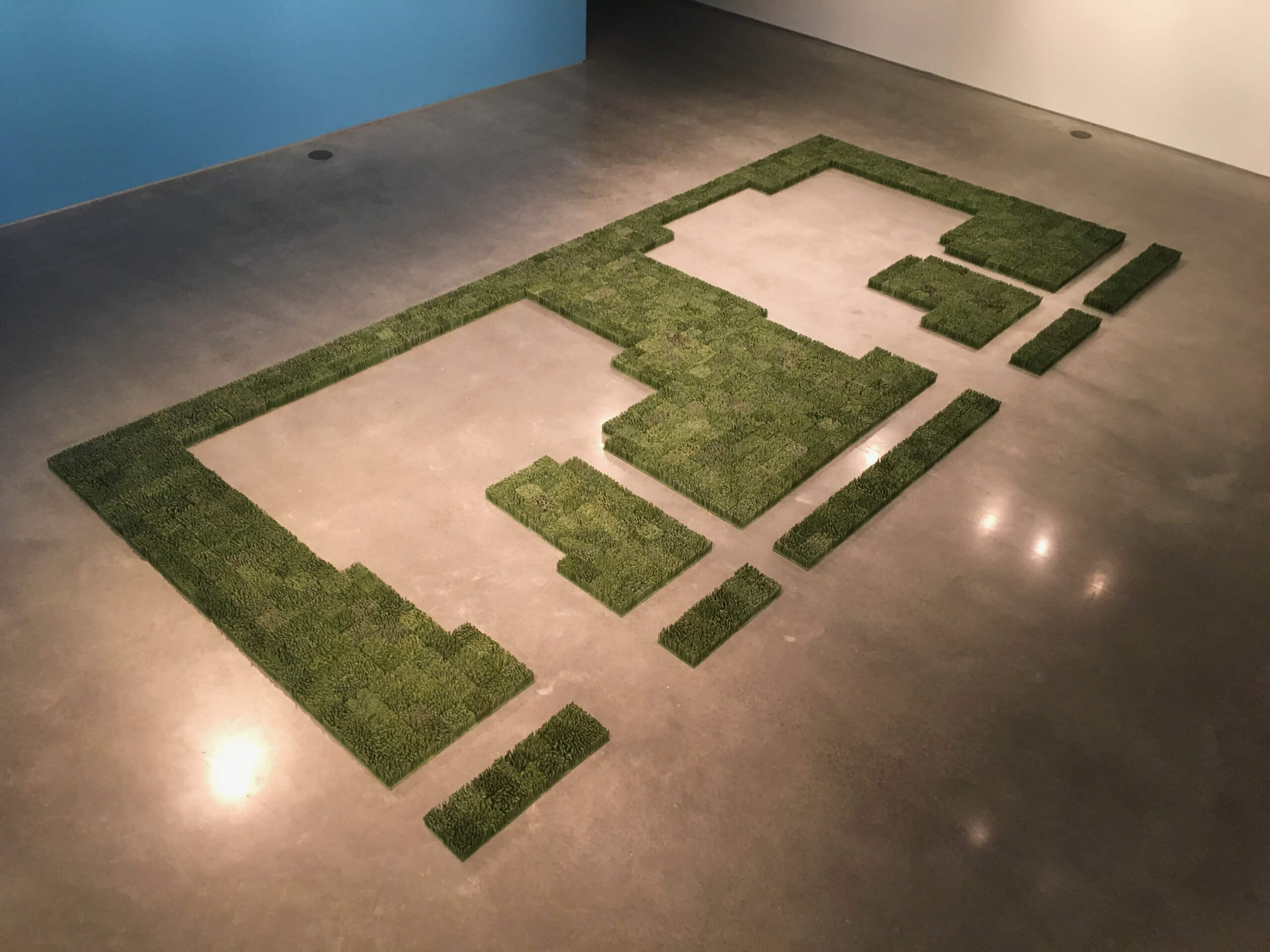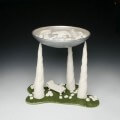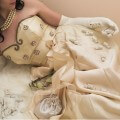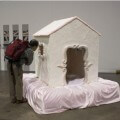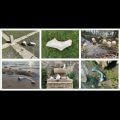
Red Lodge Clay Center Long-Term Resident 2007-08
Dawn Holder is a sculptor and installation artist who investigates various elements of landscape and their socio-cultural significance through ceramics, photography, and mixed media. Her work combines diverse influences, such as Minimalism, Eco-Feminism, the Necropastoral, and aerial photography, to create densely detailed work that is both visually striking and physically vulnerable.
Holder lives in Indianapolis, IN and is an Associate Professor of Studio Art at IUPUI’s Herron School of Art + Design. Holder teaches in the Ceramics area and currently serves as the Graduate Director of the MFA in Visual Arts. She is the recipient of numerous awards and grants, including the Arkansas Arts Council 2015 Individual Artist Fellowship Grant for Sculpture and Installation, the Bagwell Outstanding Faculty Award in 2016 (University of the Ozarks), the Grand Prize at the 59th Delta Exhibition at the Arkansas Museum of Fine Arts in 2017, and the Grand Prize at the 4×4 2018 Midwest Invitational Exhibition at the Springfield Art Museum. In 2019, she was awarded grants from the Lighton International Artist Exchange Program and the Arkansas Arts Council Sally A. Williams Fund. She has attended residencies at Red Lodge Clay Center, the Hambidge Center, Pentaculam at Arrowmont School of Arts and Crafts, CRETA Rome, and Guldagergaard International Ceramics Research Center.
She has shown her work in galleries and museums internationally, including the National Museum for Women in the Arts (Washington, DC); Disjecta Contemporary Art Center (Portland, OR); the Zuckerman Museum of Art (Kennesaw, GA); the Zanesville Museum of Art (Zanesville, OH); and the Apple House Gallery at Guldagergaard (Skælskør, Denmark). Her work is included in the collections of the Historic Arkansas Museum and Brightwater: A Center for the Study of Food. From 2013-2017, Holder served as the Coordinator of Projects Space, a performative and installation-based exhibition of experimental ceramics at the annual National Council on Education for the Ceramics Arts (NCECA) conference. She earned an MFA in Ceramics from the Rhode Island School of Design and a BFA in Ceramics from the University of Georgia.
Through sculpture, installation, and photography, I react to the ways local populations alter, cultivate, and mythologize the landscape around them. Over the past decade, I have developed three distinct bodies of work that examine landscape as a space that is simultaneously terrestrial and symbolic: a series of perfect porcelain lawns; an exploration of the imagined fall of monuments; and an investigation of ecological apocalypse.
Inspired by my childhood in the sprawling city of Atlanta, my Suburban Lawn Iteration and Grass Variation series are comprised of obsessive installations that investigate the lawn in its dual function as both “natural” space and cultural signifier. The repetitive labor involved in fabricating the tens of thousands of porcelain grass blades mirrors the suburban obsession with cultivating the perfect lawn. These works speak to the American dream—that through education and hard work one can achieve upward mobility—epitomized by home ownership, perfect landscaping, and participation in consumer culture. The nostalgic childhood connotations of soft and lush grass that may arise from these pieces are set in opposition to the time, resources, and ecological cost of maintaining a landscape that often functions more as a status symbol than a place of enjoyment. These expanses of porcelain grass also create tension through their fragility and inaccessibility: a once inviting lawn now cannot be touched without risking destruction, while the negative space that stands in for driveways and sidewalks may not be entered.
Like lawns, monuments exist within highly manicured landscapes and are designed to communicate specific symbolic messages. In my home state of Arkansas, there are over fifty Confederate monuments. Erected during the Jim Crow era, they were a way for whites to reinforce control over the public landscape, instill fear into black populations, and reframe their loss in the war as a noble fight. My recent travels and creative projects in Europe have widened the scope of my research on monuments, allowing me to analyze their rich visual history, with a particular focus on Roman antiquities. My current sculptures, installations, and photographs reference the equestrian and obelisk imagery commonly shared in both Roman and Confederate monuments. Working directly from specific references, these sculptures and photographs reveal the dramatic possibilities of ruin: Confederate monuments torn apart and covered with fallen leaves or images “discovering” the remains of classical monuments broken and buried by time. Other works mangle and remix compiled Confederate inscriptions, disempowering the formal structure and message of their original language. By deconstructing these seemingly immutable forms, my art destabilizes their messages through the process of fragmentation and rearrangement.
My fascination with decay and ruin finds a similar outlet in works that explore the landscape as a site of environmental degradation. These sculptures and installations are assembled from delicate porcelain-encased plant matter and chunks of scavenged concrete. This urban aggregate is geological in its presence: a signifier of the Anthropocene Epoch, constructed by the actions of humanity rather than the forces of nature. I gather undesirable foliage from my surroundings, such as roadside weeds, wilted flowers, and hedge clippings. These plants are coated with plaster or porcelain slip to obscure and abstract their vegetal forms. These fossilized botanical objects, strewn amidst skeletal structures and decaying monuments, conjure civilizations contaminated and crumbling under their own weight, as well as fragmentary landscapes overtaken by blighted foliage, a world dispossessed of its natural order.
Ranging from perfection to abjection, my aesthetic varies, but my works are unified by their specific connection to place, multifaceted approach to process and material, and use of landscape as a framework to examine the social, political, and ecological forces that continually shape our environment.

